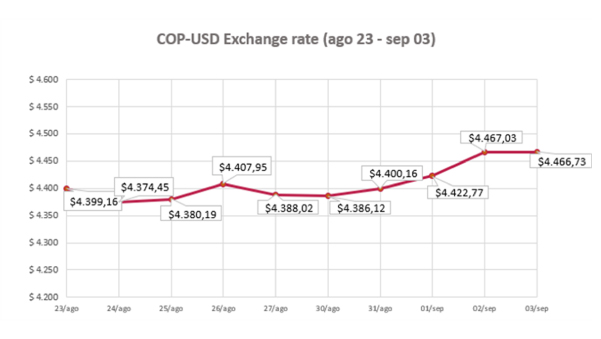COP – USD EXCHANGE RATE

The Communications Regulatory Commission (“CRC”) defined the Regulatory Improvement Policy

The CRC presented the Regulatory Improvement Policy of the entity, which gathers experiences and advances in recent years in other countries and in the local context. The policy is a tool that seeks to strengthen internal procedures, both in the design and development of regulation to promote transparency, efficiency, effectiveness and objectivity, and to improve its quality with the application of innovative tools for users and the industry.
This policy includes five pillars: i) the regulatory agenda; ii) the simplification approach; iii) knowledge of the ecosystem; iv) innovative regulatory methodologies; and v) the regulatory impact analysis methodology. The document also includes a roadmap for the generation of communications policies. Finally, among the recommendations of the policy is to make available to the regulated parties controlled testing spaces, such as the Regulatory Sandboxes, for the development of products, services and other solutions, through which impacts on the market can be estimated, as well as possible regulatory adjustments.
Court orders to lift the suspension of the land management plan (“POT” acronym in spanish)

Through a decision of the Administrative Court of Cundinamarca of August 22, 2022, the decision of the Fifth Administrative Oral Court of the Circuit of Bogotá of June 14, 2022, which had decreed the provisional suspension of the legal effects of District Decree 555 of 2021, which adopts the general revision of the Land Management Plan of Bogotá D.C., was revoked. With this decision, the provisions of the District Decree 555 of 2021 return to govern the territorial planning of the Capital District.
The defendant, the Mayor's Office of Bogotá D.C. - Secretaría Distrital de Planeación, appealed the decision, arguing, among other subjects, a lack of substantiation of the request for the precautionary measure, and an overreach of functions by the judge of first instance, by supplanting the argumentative burden that corresponded to the applicant of the measure.